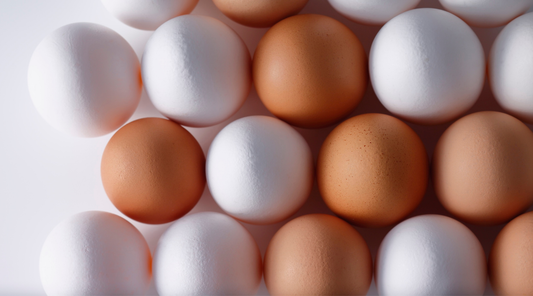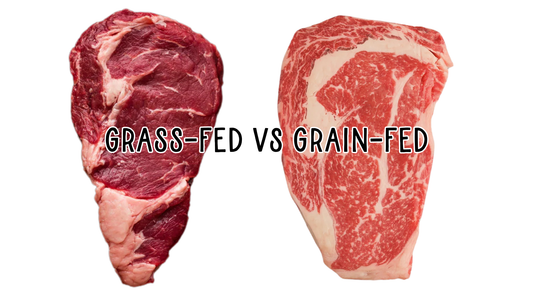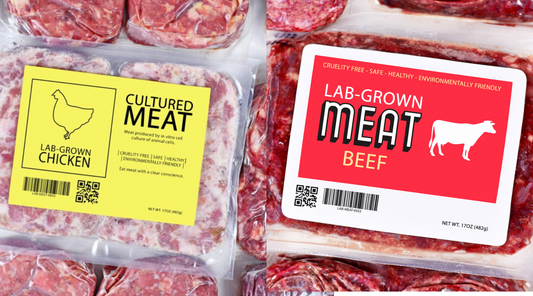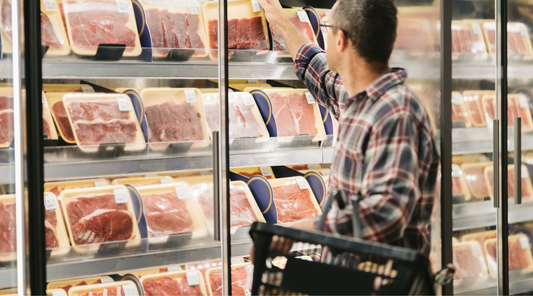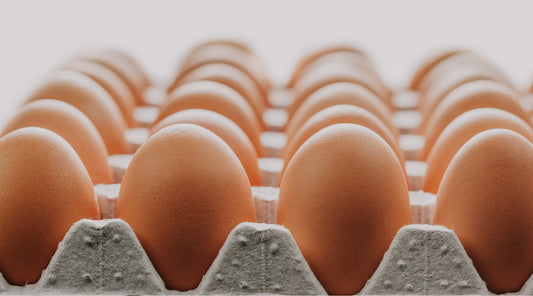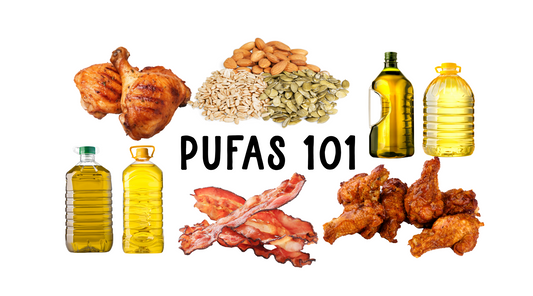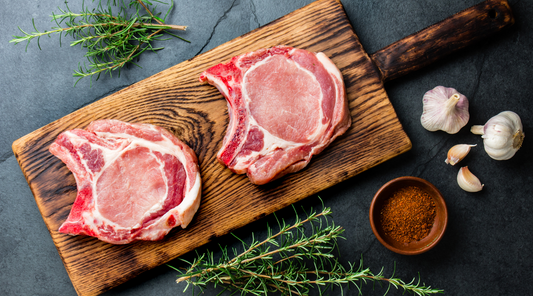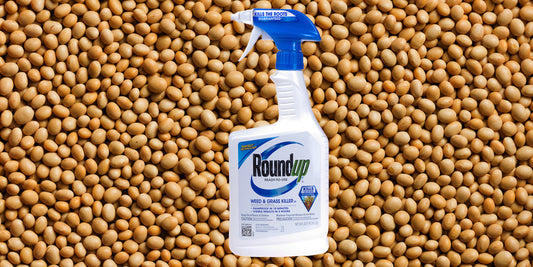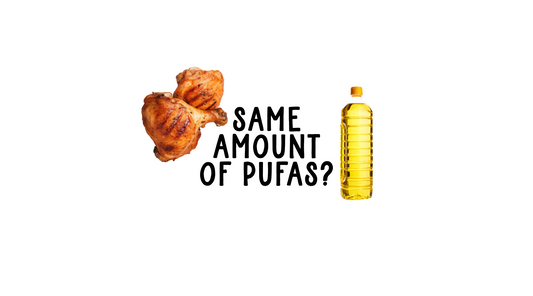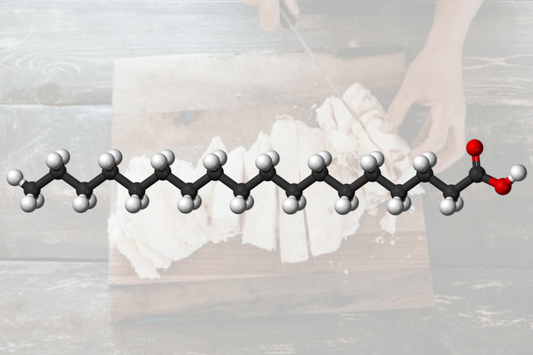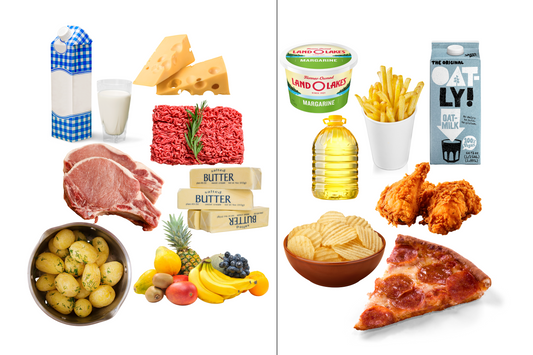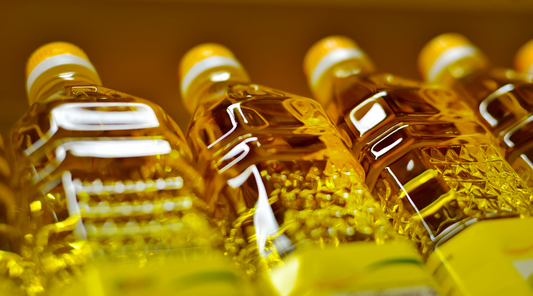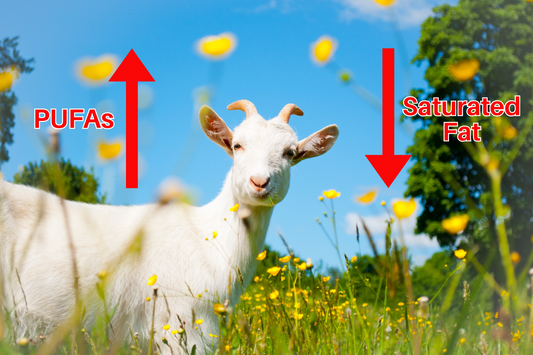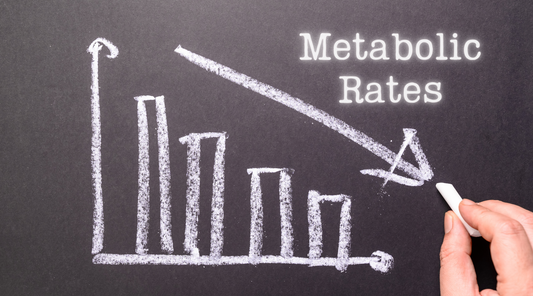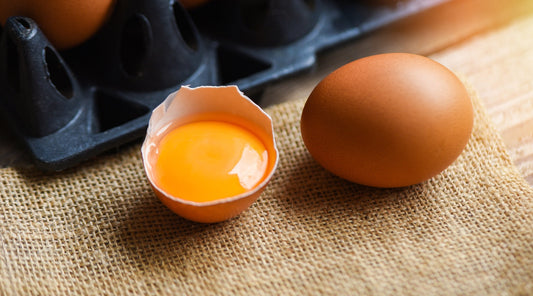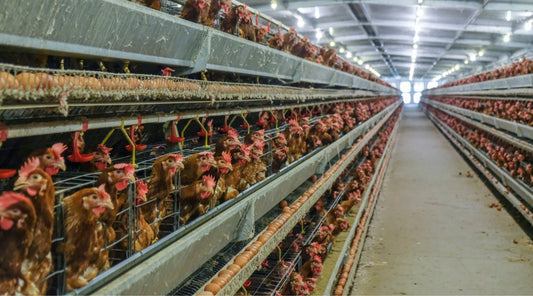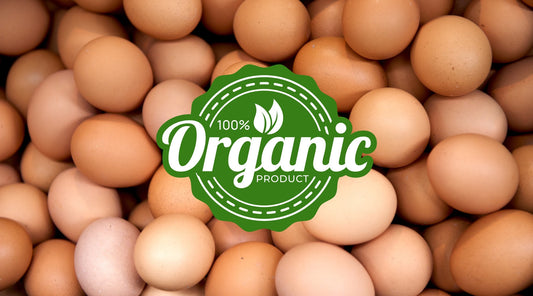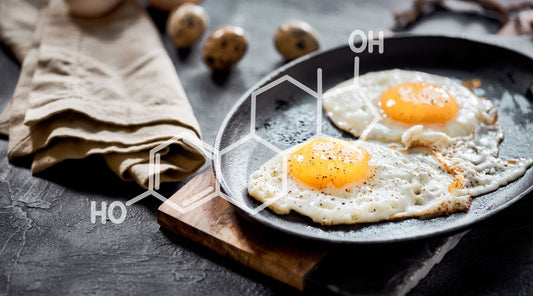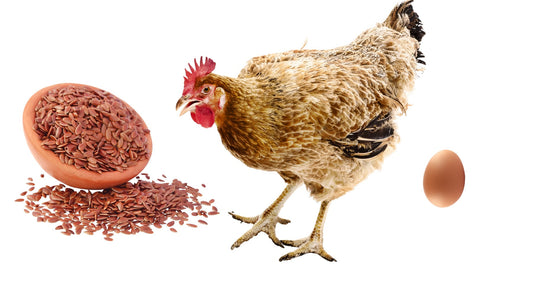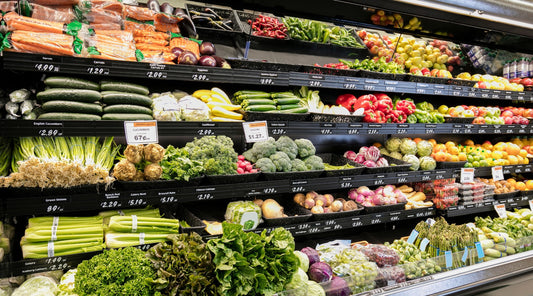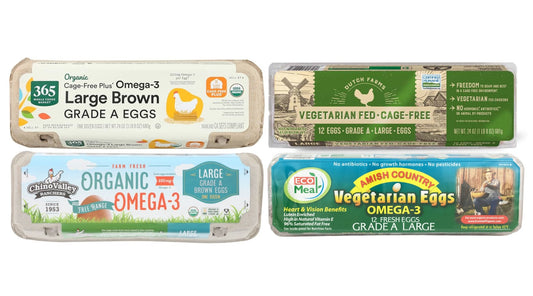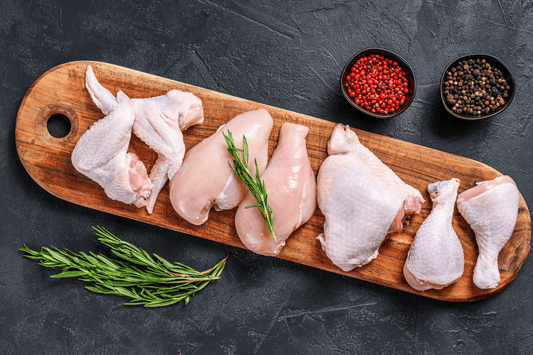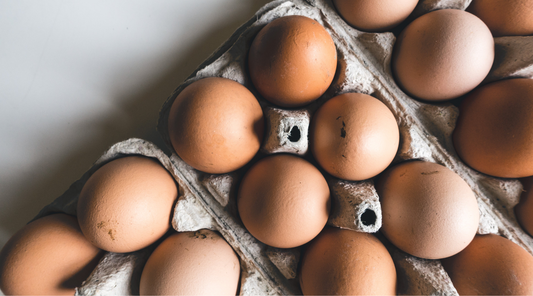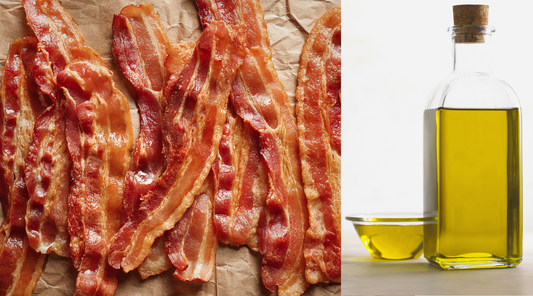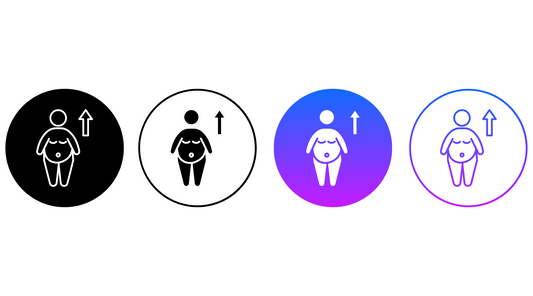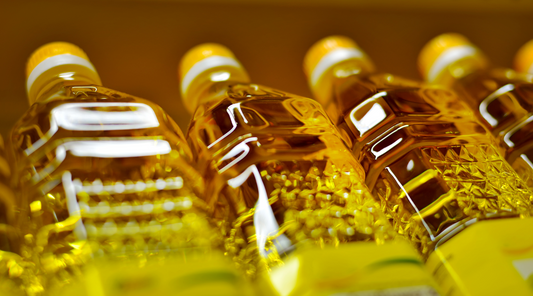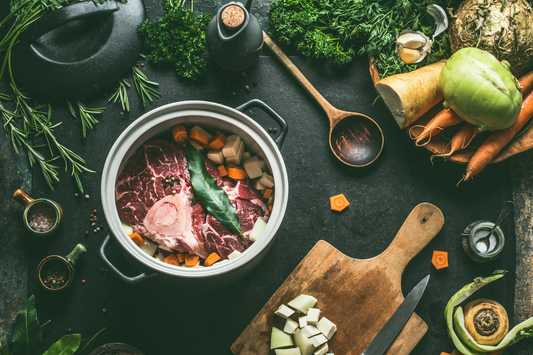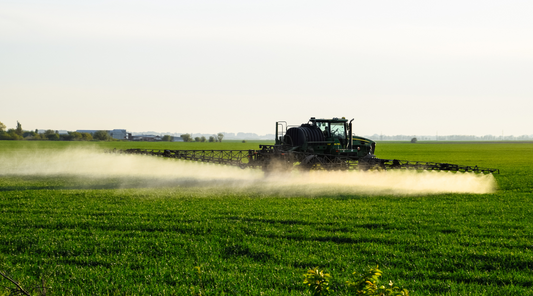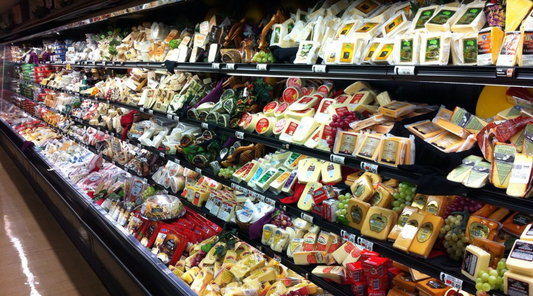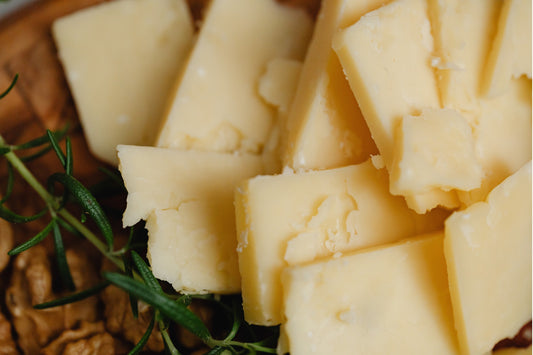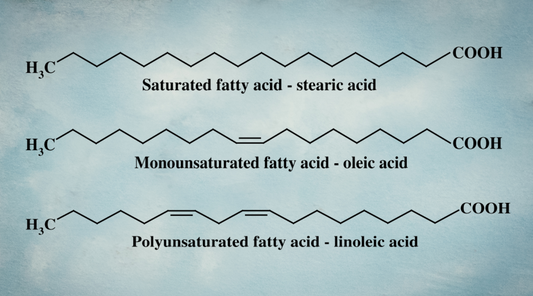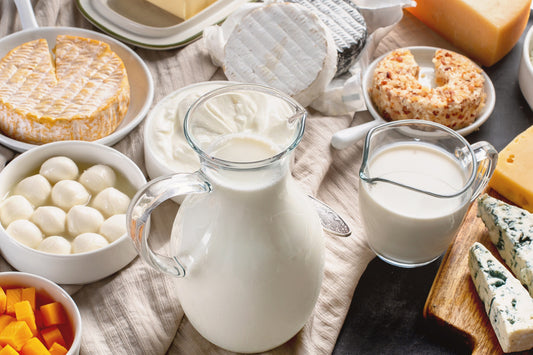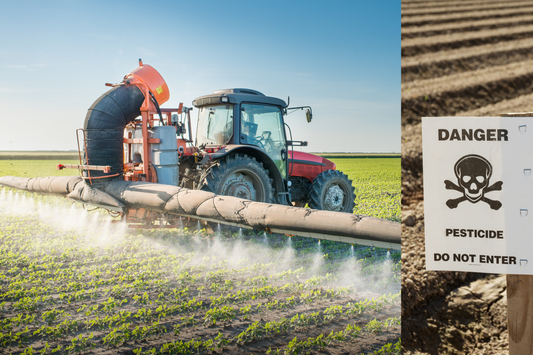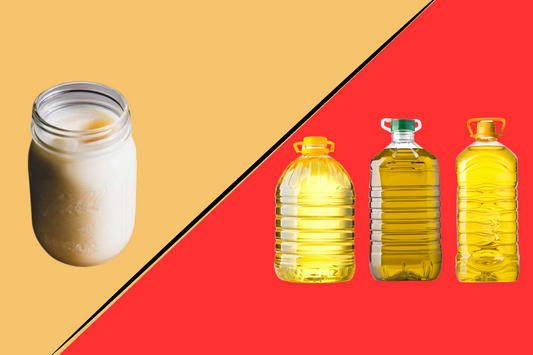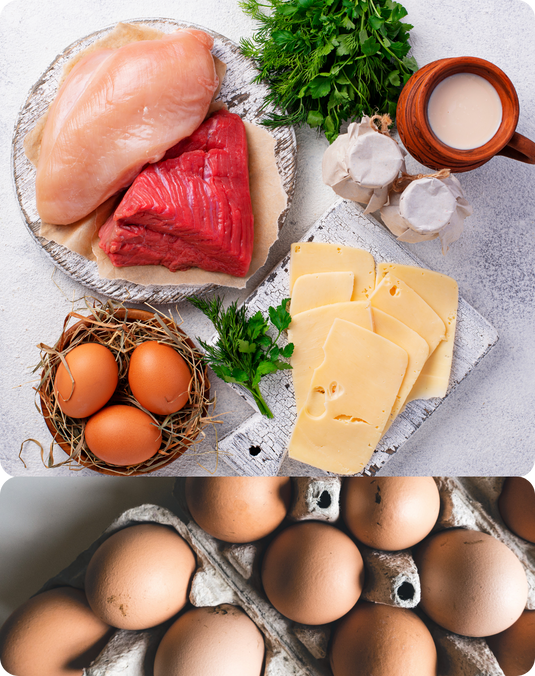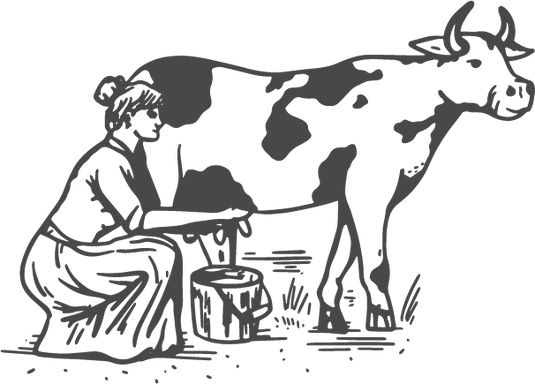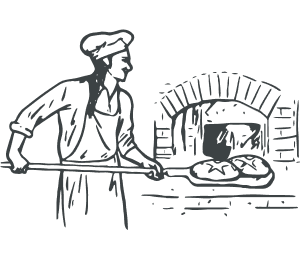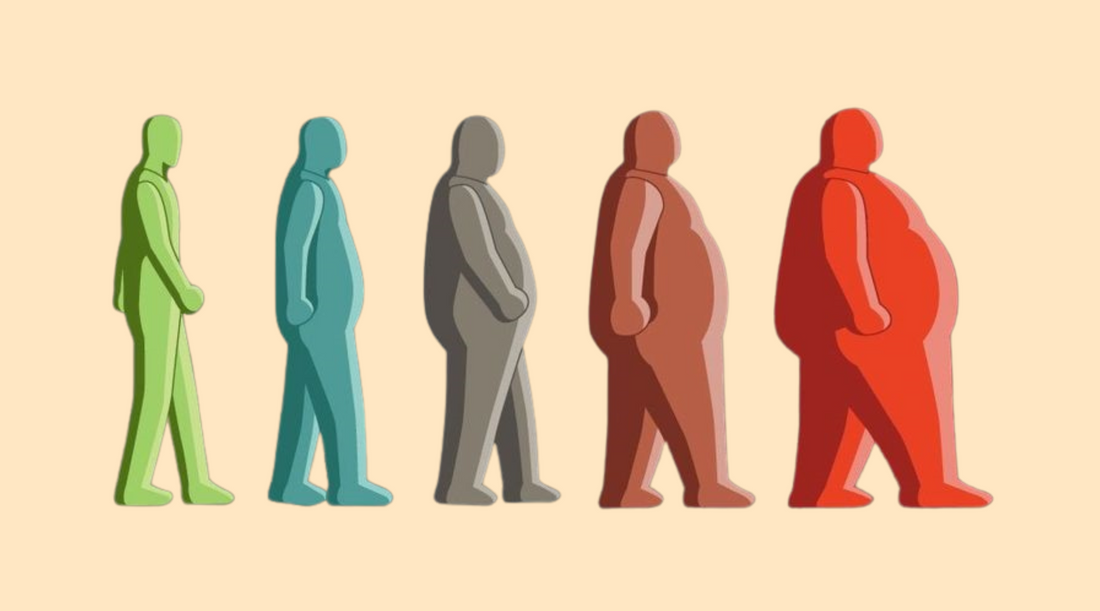
Why We’re Getting Fatter on the Same Calories: The Hidden Impact of Metabolism and Modern Diets
America is facing an escalating epidemic of being overweight and obese, a crisis that is now classified as a significant global health concern1. Currently, approximately 30.7% of U.S. adults are classified as overweight, defined by a Body Mass Index (BMI) between 25 and 29.9 2. Additionally, 42.4% of adults fall into the obese category, with a BMI of 30 or higher.
This means that an alarming 7 out of 10 adults in America are categorized as either overweight or obese, highlighting the urgent need for comprehensive health initiatives.

But did you know that our ancestors actually ate more calories than we do today and remained lean?
We are fatter than our ancestors, despite eating similar calories.
While obesity is a COMPLEX topic that requires a very nuanced conversation, I believe that one of the reasons for the rise in obesity rates this is the result of a downregulation of our metabolic rates due to dietary and environmental factors.
I will discuss this a little more in depth below, but one of the biggest changes between now and then is the TYPES of fat in our diet (which changes the TYPES of fat inside of our bodies). And this dietary switch (swapping butter/tallow/ghee for margarine/vegetable oil) has downregulated our metabolisms.
We are also exposed to significantly higher levels of environmental toxins, such as glyphosate and microplastics, which further downregulate energy production by interfering with metabolic pathways and signaling.
The ’Standard American PUFA-Rich Diet’ and environmental toxins disrupt our ability to convert food into energy, leading to an increased tendency to store food as fat instead.
Energy Balance
Energy balance refers to the relationship between the energy consumed through food and beverages (caloric intake – ‘calories in’) and the energy expended through bodily functions and physical activity (caloric expenditure – ‘calories out’).
There are four main components of ‘calories out’, which are outlined in the image below.

The largest component of your ‘calories out’ is your basal metabolic rate (BMR), accounting for close to 70%!
Metabolism plays a central role in energy balance as it determines how the body processes and utilizes the energy from food (it can strongly influence ‘calories out’). It refers to all the chemical processes that occur in the body to maintain life, including converting food into energy, building and repairing tissues, and removing waste products.
Yes, fat gain is the result of too many calories IN relative to the calories coming OUT.
But what if there has been a MAJOR change in our metabolisms, impacting the calories OUT side of the equation?
The better your metabolism, the more calories you burn at rest! And this is something you can improve with lifestyle and dietary factors.
The Research
Let’s start this discussion with a revolutionary review paper by Dr. John Speakman, a leading researcher in the field of metabolism.
Well, Dr. Speakman and his lab found that there has been a REDUCTION in metabolic rates (BMR) and that our Active Energy Expenditure (AEE) (intentional exercise) has INCREASED. This finding contradicts some of mainstream messaging: ‘we aren’t moving as much as our ancestors’.
A reduction in our BMR means that our metabolisms aren't burning as many calories at rest. (‘Calories Out’ is lower)
Speakman said "The magnitude of this effect is sufficient to explain the obesity epidemic."

So, while many Americans may consume too many calories for their needs (and this can lead to weight gain), a huge red flag is that the basal metabolic rate (BMR) of our nation is DECLINING.
This statement is supported by a steady downward trend in our body temperature, as metabolic rate can be assessed by body temperature. (Which I have discussed in a number of articles in the past, such as this one)

Image from: “Decreasing human body temperature in the United States since the Industrial Revolution”3
A lower metabolism means that in order to maintain (or lose) weight, we have to eat less calories.
With food abundance, you can now see why it is VERY easy to gain weight.
Americans now burn less calories at rest (lower BMR) and have access to food abundance.
How much did our ancestors eat?
In the past, eating more food was often celebrated, unlike today's modern mindset around eating less and calorie restriction. Our great-grandparents, for instance, could consume more calories than we do today while still maintaining a healthy weight.
A striking example comes from the Minnesota Starvation Experiment (MSE) conducted in the 1940s. The participants were lean men aged 20–33, with an average weight of 152 lbs and a height of 5'10". Despite their lean physiques, their maintenance calorie requirement was a staggering 3,500 calories per day!
For context, the average calorie intake in America today is approximately 3,500–3,600 calories per day. Yet, obesity rates are at an all-time high.
The Minnesota Starvation Experiment was a meticulously controlled study, ensuring every detail was closely monitored. Participants' activity levels were tracked, and professional chefs prepared all their meals with precise, weighed portions to maintain strict control over caloric intake.
There weren't doing a ton of exercise, but remained active with daily steps. They averaged 10,000–15,000 steps per day and performed one "cardio session" per week—a 30-minute walk on a treadmill at 4.5 mph with a 10% incline. In addition, they engaged in 25 hours of university classes and 15 hours of maintenance work (e.g., laundry, cleaning, clerical, and statistical tasks) each week.
Before the semi-starvation phase, the study began with a 4-week "Control" period, during which participants ate at their maintenance calorie level (the amount of calories they could consume without gaining weight) to establish a baseline.
The control diet provided 3,492 calories per day, including 112g protein, 124g fat, and 482g carbohydrates.
See image attached for examples of their daily meals during the Control Period. Carbs (starches, fruit, fruit juice), daily desserts, ice cream, dairy, and meat. (The dietary fats were largely SATURATED and low in PUFAs, polyunsaturated fats)

I asked ChatGPT how much men should eat at this size (5’10”, 152 lbs), which used a modern calorie calculator and here was the result -- "To maintain weight, a 152.7 lb, 30-year-old man walking 10,000–15,000 steps daily should consume approximately 2,065–2,415 calories per day."
A full 1000 calories less per day!
And the Minnesota Starvation Experiment is not the only example. There are countless other examples documenting how much more food our ancestors ate.
For example, from ‘Eating for Strength’ published in 1888.
The ‘Subsistence diet’ was 1714 calories – many people are eating this amount today!

A subsistence diet typically prioritizes meeting the minimum caloric needs for survival. While it can sustain life, it is unlikely to support the full potential of human health, energy, and vitality. Thriving and optimal health require more calories to meet all physiological and lifestyle demands.
You can also see on that list that the ‘moderate exercise’ row was 2936 calories!
Here is a screenshot from ‘The Science of Nutrition’, published in 1888, where the author discusses how a base level of calories is required for ‘the internal work of the body’ (meaning, calories required to keep you alive, excluding calories required for activity). The author recommended closer to 3000 calories when considering activity levels on top of the ‘life ration’.

Here is an image from the 1939 USDA Yearbook of Agriculture. It demonstrates that the more money people had, the more calories they ate! With some individuals eating close to 5000 calories per day.

And finally, a screenshot from ‘Cookbook 365’, published in 1915. Some people who are following a restrictive diet are eating the same number of calories as 9 year olds did at the time!

But they moved more!
Yes, for some people, activity levels have declined and do need to be more active. However, as Speakman’s research paper pointed out, this isn’t enough to explain the epidemic of fat gain.
“We conclude that increasing obesity in the United States/Europe has probably not been fueled by reduced physical activity leading to lowered TEE. We identify here a decline in adjusted BEE [which is related to Basal Metabolic Rate, BMR] as a previously unrecognized factor.”
In the US today, the average steps per day are between 5,117 and 6,540. 4 5 This is too low, and should be closer to 8,000-12,000 steps per day. But again, this isn’t enough to explain the obesity epidemic!
Walking is VITAL for health, but there is only a 131-calorie difference between walking 5,000 steps per day and 12,000 steps per day.

So should we be walking 30,000 steps per day to increase our calorie burn?
No! We should be trying to improve our BMR (basal metabolic rate).
Staying active is essential, but more isn't always better.
Your body has finite resources, and how quickly they're depleted depends on the demands placed on it—often referred to as your "drain bucket." Pushing too hard can lead to overtraining, which may disrupt thyroid function and hinder energy production, creating a cycle of diminishing returns.
“The present investigation demonstrates that the thyroid function is strongly affected by prolonged physical exercise and a negative energy balance” (ref)
There are exercise benefits up to a certain point. Past this point, exercise can be an excess of stress and other body functions will ‘have to give’. Humans are well, humans. We have a limited capacity of what we can ‘give’ towards energy expenditure.
How did our metabolisms get downgraded?
One of the biggest changes our nation has seen is a change in the TYPE of dietary fat we are consuming. More high PUFA-rich fats (polyunsaturated fat) like vegetable oils, nuts & seeds, and less fats high in saturated fats (animal fats, cocoa butter, coconut oil).
Humans have never historically consumed this high of PUFA levels - historic levels of Linoleic Acid (an Omega 6 PUFA), for example, ranged between 1-2% of daily calories pre-1930. Today, the average is estimated to be between 10-25% of total daily calories. And as a result, our body fat is becoming more and more UNSATURATED.

PUFA availability has increased 238% since 1909!6

The type of fatty acids you consume (which impacts the type of fat inside of you) is playing a significant role in the CALORIES OUT side of the energy balance equation.
The fat we consume not only serves as an energy source, but it also has structural and signaling roles. A body filled with more PUFAs will send different metabolic signals relative to more saturated fat stores. (Think: hibernation signals. What do squirrels load up on before they hibernate for the winter? Unsaturated fat rich nuts).
We have become more UNSATURATED, and our metabolisms are being down regulated as a result.
There are two consequences of this metabolism down regulation -- on one side, obesity rates are on the rise (as a result of abundant food access and a down regulation of metabolism).
On the other side, in pursuit of being lean, many people keep calorie intake low and are afraid to eat more.
When this happens, something eventually has to give, leading to a loss of systemic function—whatever your body’s weakest link may be. This could manifest as digestive issues, hair thinning, histamine intolerance, oxalate sensitivity, or other health challenges.
Research has consistently shown that prolonged calorie restriction reduces metabolic rate as the body adapts to conserve energy. (ref)
I deeply empathize with the mental side of this struggle. Growing up as a young girl immersed in diet culture, I faced immense pressure from peers and societal messages glorifying thinness. It even felt "unladylike" to eat freely. But here’s the truth: chronic calorie restriction is one of the worst things we can do for our health.
Today, I embrace and celebrate my appetite—it’s a reflection of a strong and thriving metabolism! Eating enough food is not just okay; it’s essential for vitality and well-being.
I am not saying you should jump in right away and eat a ton of calories. You can’t just go ALL IN – as that will lead to rapid weight gain when you are at a place of having a low metabolic rate.
But for someone who has been restricting for long periods of time, your health will improve if you slowly increase calorie intake over time.
You can improve metabolic signaling through dietary fat choices, and eating enough for your needs.
Tips to improving metabolic health (BMR) =
We should be able to eat more food without gaining weight—just like our ancestors did for generations! However, modern life introduces certain "metabolic brakes" that make this more challenging.
The good news? Your metabolism isn’t permanently damaged—it has simply adapted to the resources and habits you’ve provided it. Just as it’s possible to train your metabolism to burn fewer calories, you can also train it to burn more, enhancing your energy production and increasing your maintenance calories. In other words, the key to eating more without gaining weight lies in boosting your metabolic rate.
Here are 8 tips to improve your metabolism and increase your maintenance calories (so that you can eat MORE and NOT gain weight):
1. Prioritize Whole Foods
-
Focus on cooking most of your meals at home and reducing processed foods and takeout. Whole foods are nutrient-dense, do not contain added gums/preservatives/seed oils, and support optimal metabolic function.
2. Stay Active Daily
-
Aim for 8,000–12,000 steps per day and include 2–4 planned exercise sessions per week. Find a routine that works for you and allows for proper recovery. Remember, more exercise isn’t always better—balance is key.
3. Build Muscle
-
Muscle tissue boosts your basal metabolic rate because it requires more energy to maintain than fat. Increasing your muscle-to-fat ratio is a long-term investment in your metabolism.
-
Muscle growth takes time—sometimes years—but small, consistent efforts to build lean muscle mass will pay off over time.
4. Maintain Consistent Eating Habits
-
Avoid drastic calorie fluctuations, like starving during the week and overeating on weekends, which can lead to low energy availability (LEA) and harm your metabolism.
-
Stick to steady, balanced meals throughout the day. The classic three meals a day (plus a snack if needed) works well and doesn’t need to be complicated.
5. Moderate Dietary Fat
-
Keep fats at a moderate level, and limit polyunsaturated fatty acids (PUFAs), which can negatively impact metabolic health.
6. Choose High-Quality Foods
-
Whenever possible, source the best-quality food you can afford to reduce exposure to pesticides and environmental toxins that may disrupt metabolic signaling.
7. Prioritize Sufficient Carbs
-
Ensure your carbohydrate intake is adequate and consists of foods that digest well for you. Carbs are vital for fueling your metabolism and supporting thyroid function.
8. Monitor and Gradually Increase Caloric Intake
-
Use tools like Cronometer to track your intake and gradually increase calories while monitoring weight trends.
-
Your maintenance calories fall within a range (e.g., 1,800–2,300 calories), so aim to move toward the higher end of that range over time. The goal is to create a robust metabolism that supports more food intake without weight gain.
By making these changes, you can retrain your metabolism, improve your energy levels, and create a lifestyle that allows you to eat more while maintaining or even improving your health. The process takes patience, but the results are worth it!
At Nourish Food Club, we’re committed to offering foods that nourish your body and support a healthy metabolism. Our products are naturally low in PUFAs, helping you maintain metabolic balance and optimize weight management. We believe in the power of whole, nutrient-dense foods to fuel your body, and our mission is to make it easier for you to access the right foods for a thriving, sustainable lifestyle.




